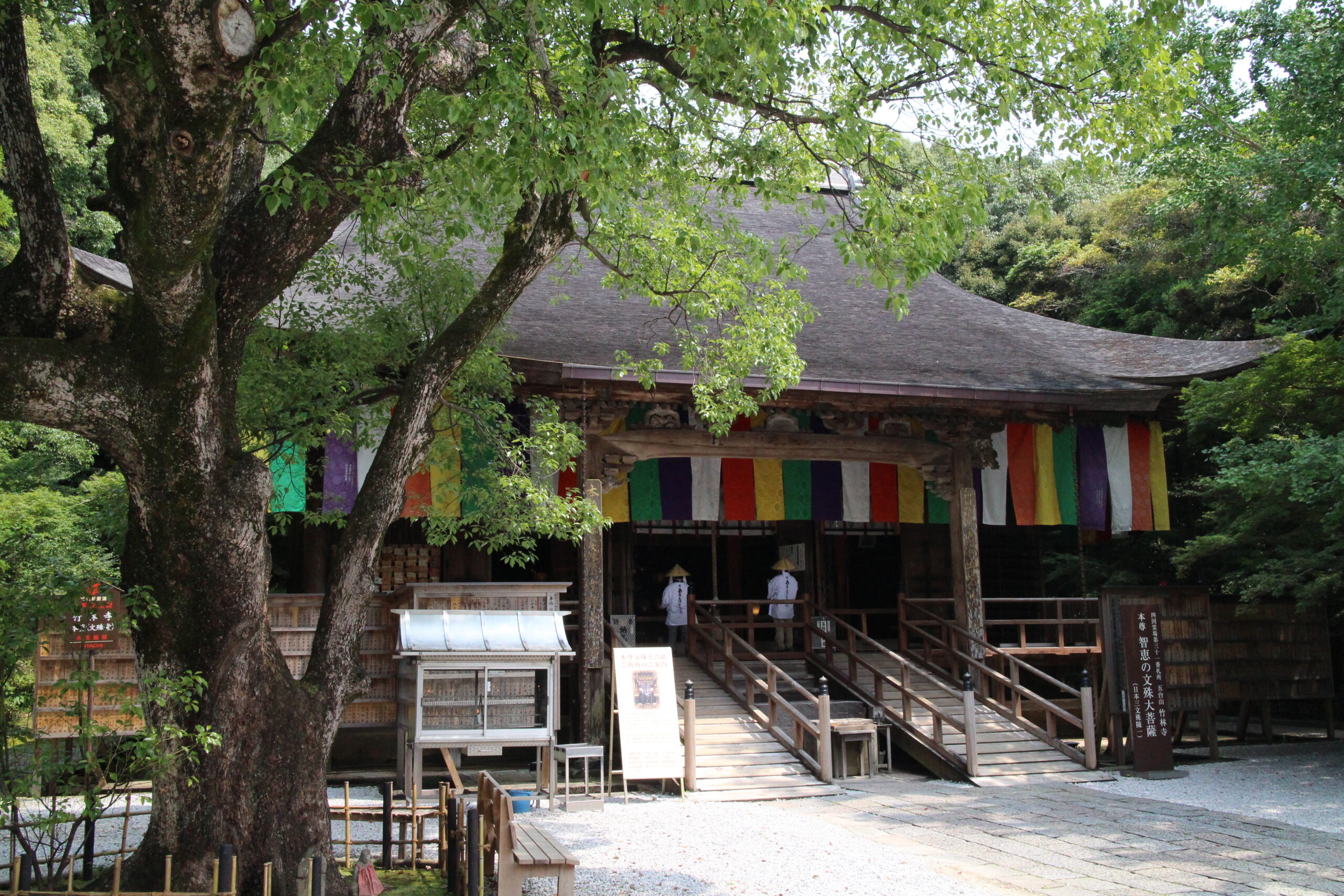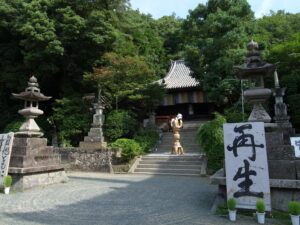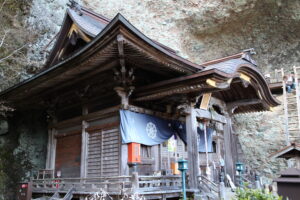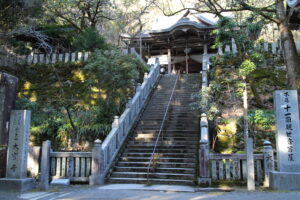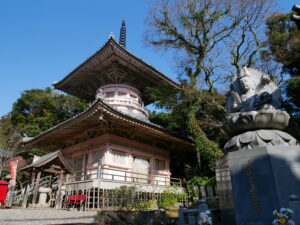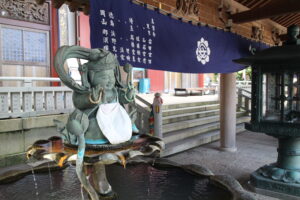Inspired by a dream and funded by samurai lords, Kochi City’s Chikurin-ji is one of the pilgrimage’s largest and most beautiful temples. Guided experiences like zazen meditation and sutra copying allow visitors to dip their toe into Chikurin-ji’s centuries of Buddhist practice and scholarship.
Chikurin-ji’s Origins and History
In the year 724, the Emperor Shomu is recounted to have had a dream of China’s Mt Wutai, an important Buddhist sacred site said to be the abode of Manjusri, the Bodhisattva of Compassion. Inspired by his vision, the Emperor recruited the great wandering Buddhist saint Gyoki to find a mountain similar in shape to Mt. Wutai and dedicate a temple to Manjusri there. After a lot of searching, Gyoki finally settled upon a low mountain in what is now Kochi City, which he named Gotai-san, the Japanese pronunciation of the Chinese Mt. Wutai. The temple received heavy patronage from the local lord of Kochi city from the 18th century, and became known as “The Premier Dojo of the Southern Seas” for its many monastic scholars and practitioners. The temple’s renowned gardens date from this period of flourishing. The temple was heavily damaged during the anti-Buddhist uprisings of the 19th century, but were restored to their former glory over the subsequent decades.
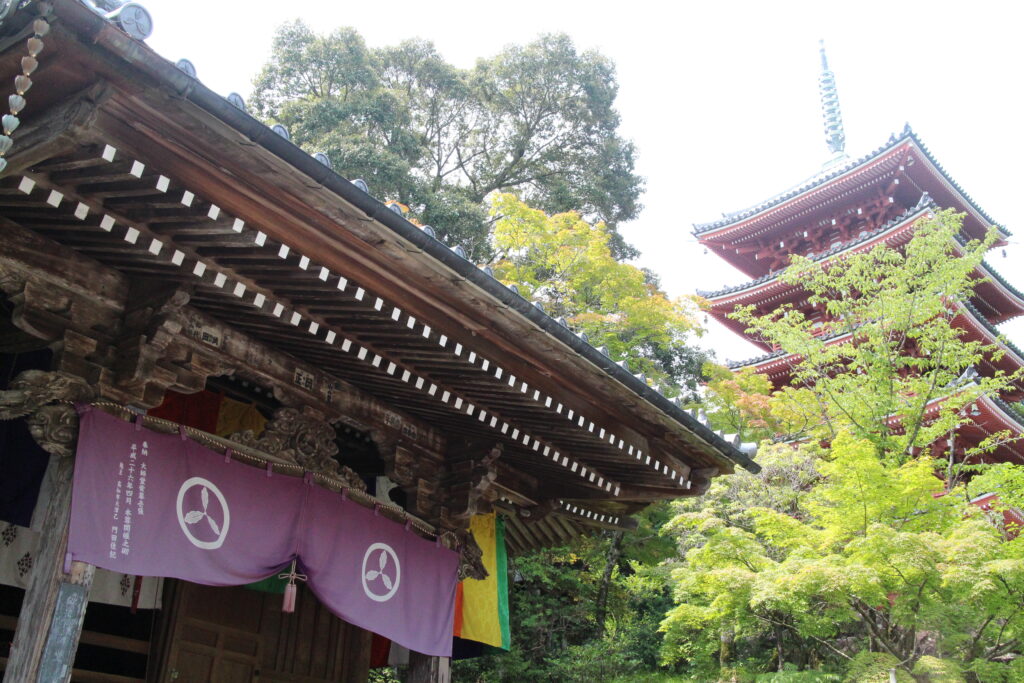
What to See at Chikurin-ji
Climbing a short staircase takes you to Chikurin-ji’s enormous temple bell, situated just below the main gate. Beyond the gate is a verdant mossy area, once home to a pond where precious temple treasures were sunk to avoid destruction by anti-Buddhist mobs in the 19th century. The area is scattered with cherry and maple trees, meaning it is a particularly impressive (and popular) destination in spring and autumn. Another stone staircase takes you to the main area of the temple, with Chikurin-ji’s massive 17th-century main hall to the right and the Daishi hall to the left. The temple is decked with the Oak-leaf crest of the rulers of Kochi, the Yamanouchi clan. The logo of Mitsubishi, founded by Kochi native Yataro Iwasaki, was inspired by this crest. Above the Daishi hall is an impressive pagoda housing relics of the Buddha gifted to Chikurin-ji by a monastery in Sri Lanka. Beside the main hall is a modern garden designed as a space for quiet reflection and meditation and nature. Returning back down the steps and turning left at the bell tower takes you past the temple museum and toward the Sho-in, an 18th century complex used for entertaining local VIPs who came to Chikurin-ji in the feudal period. The Sho-in’s incredible gardens, designated as a National Monument, are the perfect place for a moment of peace amidst the bustle of Kochi City.
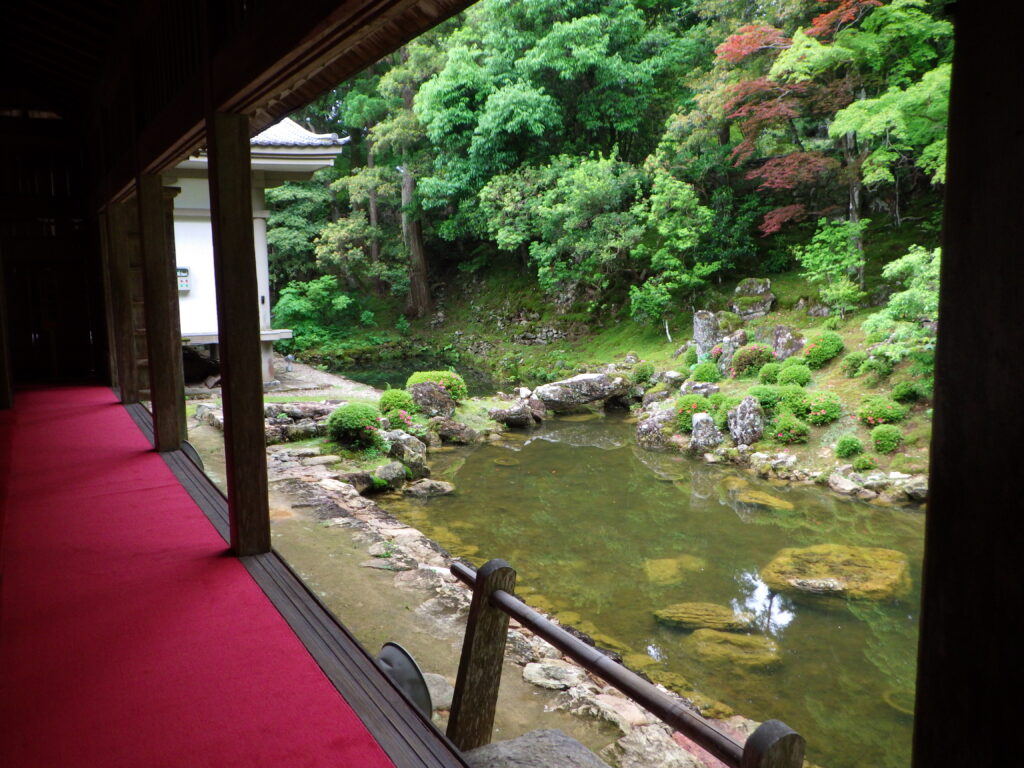
Special Experiences at Chikurin-ji
Zazen seated meditation experiences and shakyo sutra-copying experiences are available at Chikurin-ji by reservation. These experiences, guided by temple priests with the goal of sharing Buddhist and pilgrimage culture with Japanese and international pilgrims alike, are open to anyone regardless of faith. Though offered in Japanese, booking with Shikoku Tours means that your guide-interpreter can help facilitate the process in English, making sure you get the most out of your experience.
Deepen Your Journey in Kochi’s Temple of Learning
Chikurin-ji is a place where centuries of Buddhist learning, artistic refinement, and spiritual practice converge on a single forested hillside. Whether you stroll its historic gardens, explore the temple’s vivid architecture, or take part in guided meditation and sutra-copying, Chikurin-ji offers both beauty and insight. With Shikoku Tours, your visit becomes more than sightseeing—it becomes a lived connection to the heart of pilgrimage tradition.

